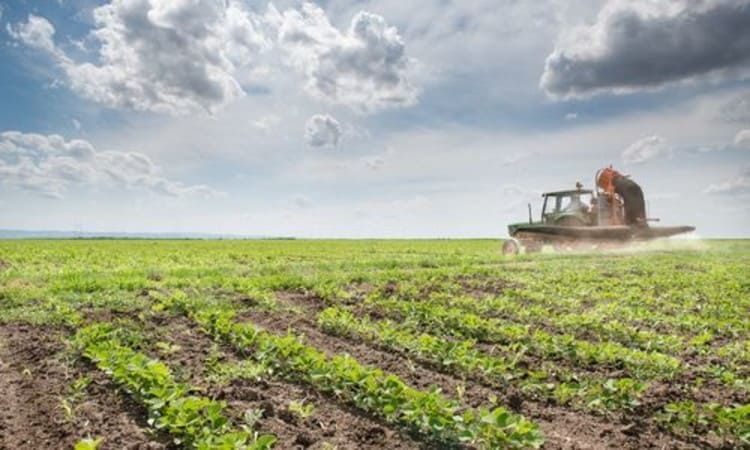The Institute for Agricultural Trade Policy (IATP) recently released a series of reports on China’s global impact on the meat and feed industries. The first of the series, China’s Need for Feed, outlines the history of feed and meat production in China, recent political decisions made regarding the industry, and the global impact of these decisions.
With the ever-increasing demand for meat in China, China’s National Development and Reform Commission (NDRC) set feed and meat policy as a precedent in its twelfth Five-Year Plan. The first move liberalized soy self-sufficiency, originally set at 95 percent, which increased soy importation by 253 percent and made China the world’s largest importer of soy. With little space available for grain production, only 12 percent of China is arable land. The rapid urbanization of the population and the cost to grow soy domestically outweighs the cost of importing it from other countries. Other important policy decisions emphasize diversifying sources of soy imports, increasing domestic soy crushing capability, and augmenting domestic corn production. Farm consolidation and intensification goals were also set, with a goal of 92 percent of poultry farms producing a minimum of 2000 birds each year. These decisions all focus on securing China’s meat and feed demand in the future.
To mitigate dependence on soy imports from the United States, China directly invested in Brazil, Argentina, and other countries, effectively transforming China’s soy industry into a transnational corporation. The alliance formed among the international meat and grain industries increases global political clout to control prices and influence government regulations on the industry, which often results in minimum working standards and environmental regulation.
According to IATP, the global socio-economic and ecological impacts of China’s “need for feed,” as well as the potential future impact of developing countries that follow China’s lead, will tilt global food security into an even more precarious position.













